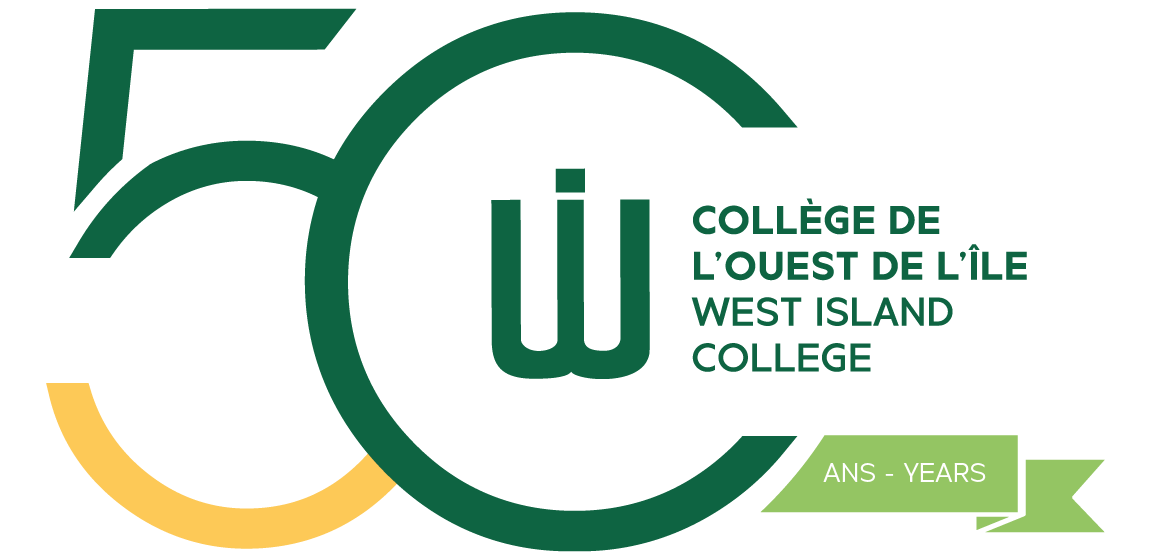On Wednesday, September 30th WIC staff and students wore orange shirts to raise awareness and support for what Indigenous children experienced in residential schools.
At West Island College, all Secondary 4 students read The Marrow Thieves by Métis Canadian writer Cherie Dimaline, in their ELA class. They learn about Indigenous issues in Canada and discuss the aftermath of residential schools through the reading of this young adult novel. In Secondary 4 History, all students will be learning about the Catholic and Protestant missions to evangelize, or convert, Indigenous people to Christianity all across Canada and in Inuit communities in the Far North. They will learn about residential schools and the government’s aim to assimilate Indigenous youth. Students at these schools were separated from their siblings, their hair was cut, their clothing was taken away and they were given European names or identification numbers. The school day was divided between education and work; the morning was devoted to learning school material, including religion, and the afternoon was focused on manual labour. Indigenous students were forced to remain at the schools and work during the summer.
What were the Residential Schools?
- The first residential school, Mohawk Institute, opened in 1831.
- The last schools closed in 1996. For over 165 years, Indigenous children were forcibly separated from their parents, cultures, traditions, and communities and required to attend residential schools.
- Indigenous parents did not have a choice – if they did not send their children to residential schools, they risked being arrested, and the children would be taken to school.
- Seven generations of Indigenous children were removed from families and lost their cultures, land, languages, and identities.
- All forms of abuse occurred in the schools.
- The Truth and Reconciliation Commission identified 3,200 deaths in the residential school system.
- The harmful effects of residential schools can still be felt in families and communities today.
Orange Shirt Day comes from the lived experience of Phyllis (Jack) Webstad and her courage to share her story. In 1973, when she was just six years old, Phyllis was sent to St. Joseph’s Mission Residential School in Williams Lake, B.C. Phyllis picked out a shiny orange shirt to wear to her first day of school. When she arrived at the mission, they took away all her clothes, including the orange shirt! She never saw it again. The colour orange has always reminded her of how her feelings didn’t matter; that no one cared; and how she felt like she was worth nothing at the residential school. When Phyllis was almost fourteen and in grade 8, her son Jeremy was born. Since both her grandmother and mother attended residential schools, she never learned from them “what a parent was supposed to be like.”
Phyllis was inspired by her experiences to launch Orange Shirt Day in 2013 as a day to reflect on and learn about residential schools, and to remember that every child matters. Every child who ever attended residential school mattered – as well as the children who never made it home.
They mattered.

